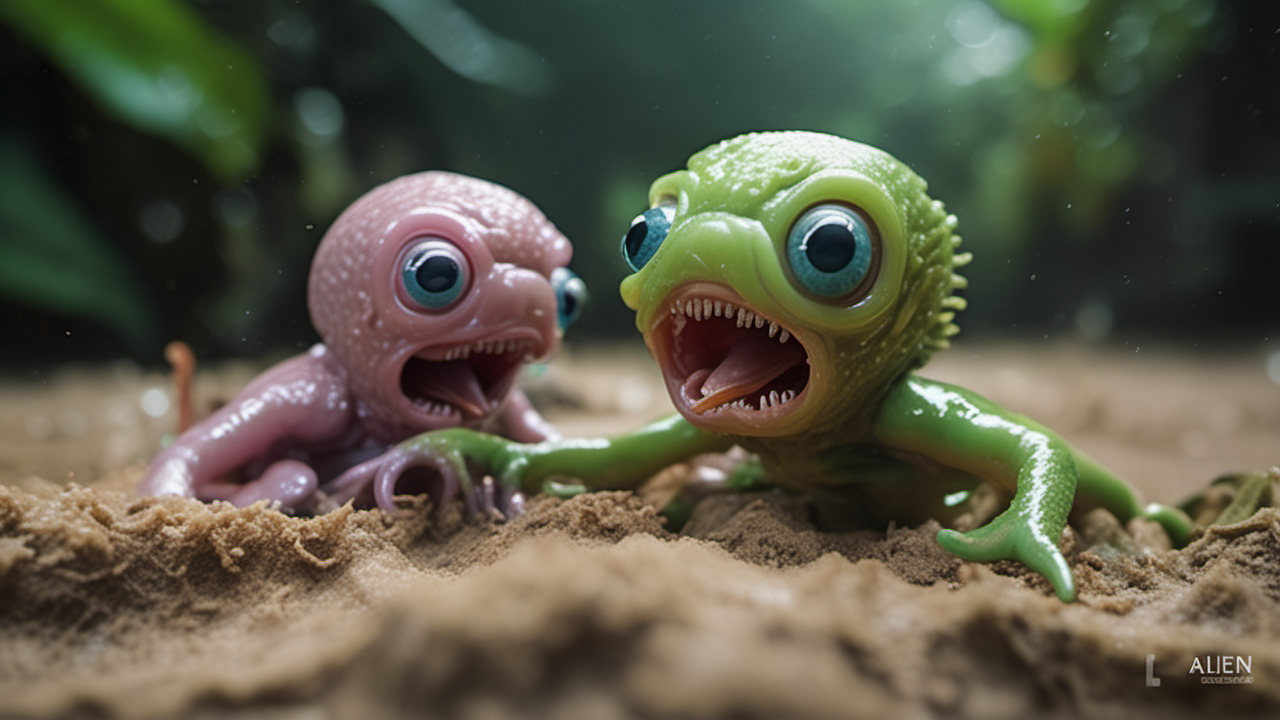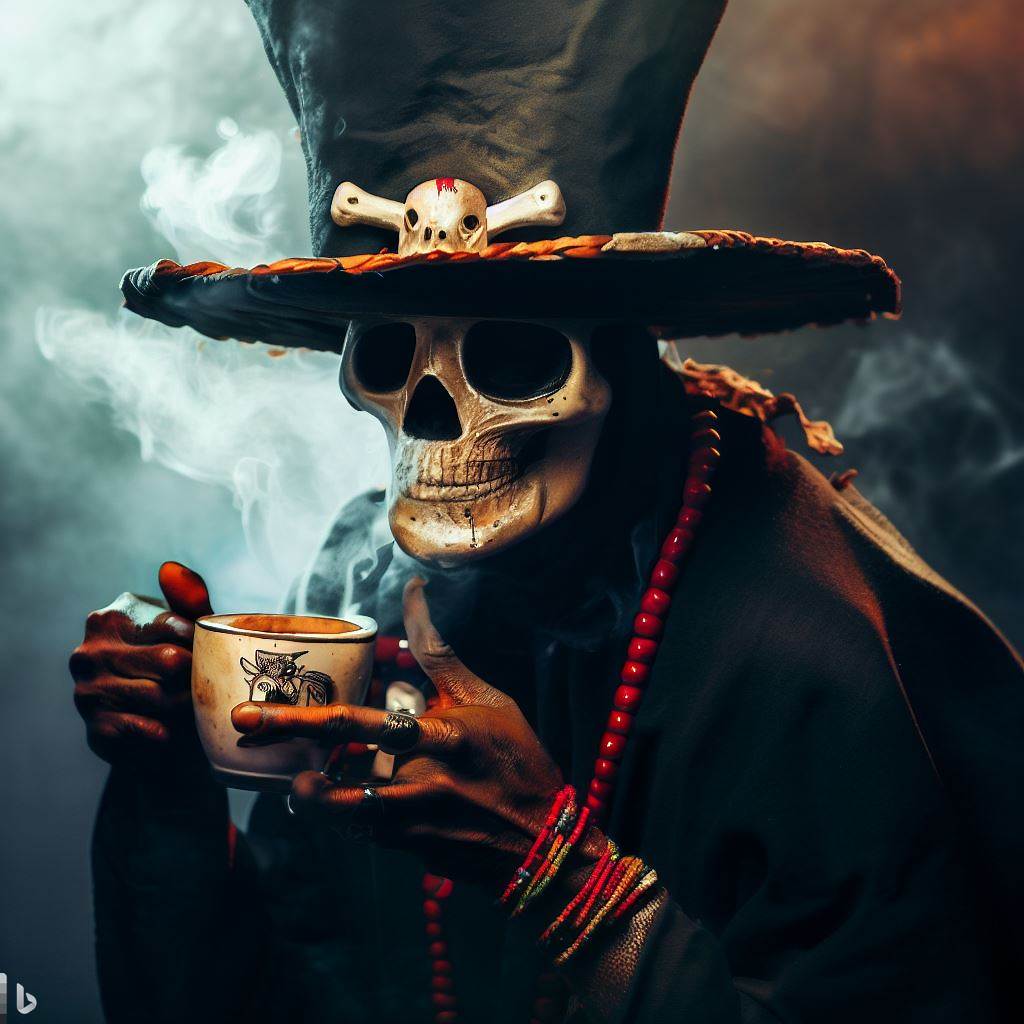Introduction: The Essence of Creativity
Creativity, at its core, is the art of navigating the unexpected and turning the accidental into the intentional. It thrives on deviations from the norm, the embrace of errors not as mere mishaps but as essential elements in the pursuit of innovation. Whether in the sciences, the arts, or daily problem-solving, creativity is less about the flawless execution of ideas and more about how effectively we can harness these imperfections in service of a task.
Creativity as a Dance with the Unpredictable
To understand creativity is to understand its inherent unpredictability. Just as a jazz musician improvises by bending rhythms and notes, a creative mind leverages the anomalies encountered along the path to discovery. These anomalies or ‘errors’ are not obstructions but opportunities—moments where the intended path shifts intriguingly, opening doors to new possibilities and perspectives.
AI and the Choreography of Error
In the realm of artificial intelligence, teaching a system to be creative involves encoding the capacity to generate and learn from errors. Traditional AI systems are built to minimize and correct errors, operating under the guiding principle of precision. However, the new frontier in AI development involves programming machines not just to avoid errors but to intelligently engage with them, using them as a creative tool to achieve more dynamic and nuanced outputs.
The Strategic Incorporation of Imperfections
The challenge lies in determining which errors to embrace and how they can serve the larger goal of the task at hand. For example, in generating art, AI might be programmed to introduce slight asymmetries or color variations that do not align with conventional patterns but which echo the unpredictability inherent in human-created art. This requires a sophisticated understanding of both the medium and the emotional responses of human audiences.
Towards a New Understanding of AI Creativity
As AI systems increasingly adopt these capabilities, they challenge our traditional notions of creativity. They compel us to ask: Can a machine that learns to replicate the creative process—complete with its inherent imperfections—be considered truly creative? Or does creativity require a level of conscious intent that AI cannot replicate?
Conclusion: Redefining Artistic and Scientific Innovation
The integration of deliberate errors into AI systems does not merely extend their functionality; it transforms them into potential collaborators in the creative process. As we continue to explore these possibilities, we redefine not only the role of AI in creative industries but also our understanding of what it means to be creative in the digital age.
This introduction sets a conceptual framework for discussing AI and creativity, emphasizing the importance of errors in the creative process and setting the stage for a deep dive into how AI can engage with these concepts.



